45 Historical Sites That No Longer Exist
You'll never believe how much history we've hit with a wrecking ball.

Considering our existence dates back 200,000 years, there are millions of buildings, monuments, and sites that bear some kind of historical significance to the human race. Of course, it would be impossible to preserve all of these places—but some of the historic locations we've lost will seriously surprise you. Whether they were demolished intentionally, like the world's first skyscraper in New York City, or damaged beyond repair due to natural disasters or human conflict, these are the historical sites that no longer exist.
1
The Original Pennsylvania Station: New York, New York

Not to be confused with the present-day Penn Station, which was built in the 1960s, the original Pennsylvania Station served as a transportation hub in Midtown Manhattan from 1910 to 1963. According to the Long Island Sunday Press, it transported at least a billion passengers during its decades of operation.
After World War II, however, the grand and sprawling station fell into a state of disrepair. Demolition began in 1963, though some parts of the original station can still be found in the newer one.
2
The Original Globe Theatre: London, England

William Shakespeare himself owned a share of the original Globe Theatre, which opened to the public in 1599. The theater burned down in 1613, was rebuilt, and then closed for good in 1642. But after part of the original foundation was rediscovered in 1989, construction began on a modern reconstruction of the theater 750 feet away from the original structure, according to the Shakespeare Resource Center. The new "Shakespeare's Globe" was completed in 1996.
3
Midway Gardens: Chicago, Illinois
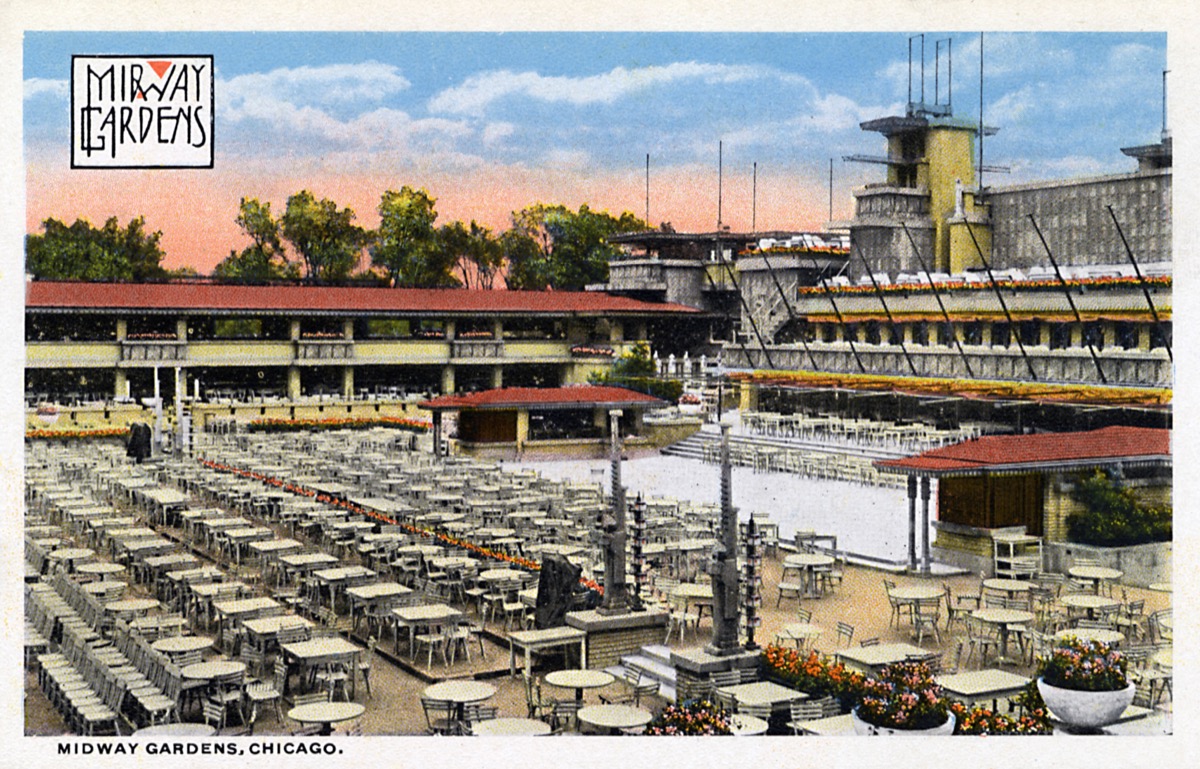
Opened in 1914 in the Hyde Park neighborhood of Chicago, Midway Gardens was an indoor and outdoor entertainment facility designed by Frank Lloyd Wright. The arena hosted memorable performances and elaborate events in its pristine gardens and indoor spaces, according to the Frank Lloyd Wright Foundation. Unfortunately, the collapse of the stock market in 1929 brought the collapse of Midway Gardens; its once-affordable tickets became luxuries few at the time could afford.
4
The Porcelain Tower of Nanjing: Nanjing, China

The Porcelain Tower of Nanjing was built during the Ming Dynasty in 1412 and stood as a beacon of power on the south bank of the external Qinhuai River in Nanjing, China. Approximately nine stories high, the tower was, at one point, one of the tallest buildings in all of China. Because of its size and elegant design, it was sometimes billed as one of the seven wonders of the world, according to CNN. As the story goes, it was eventually demolished by rebels during the Taiping Rebellion, before being rebuilt again in 2010.
5
The New York Hippodrome: New York, New York
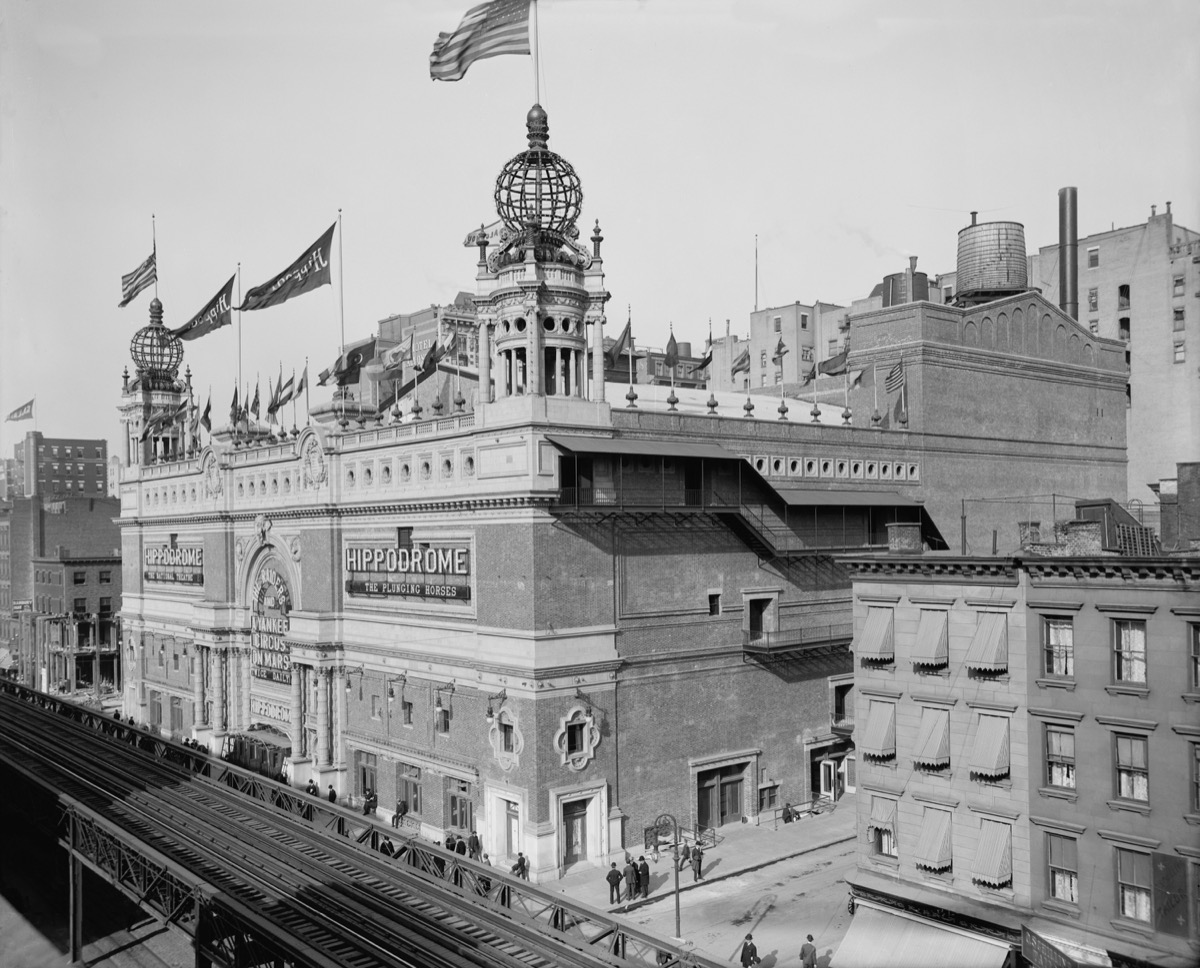
The New York Hippodrome was a theater that served New York City from 1905 to 1939. Upon its opening, the Hippodrome's builders claimed that it was the largest theater in the world, with a seating capacity of 5,300. In the early 20th century, Harry Houdini, vaudeville performers, and a number of circus animals made their way to the Hippodrome stage.
Unfortunately, though, its later years were filled with less popular acts like wrestling and late-run movies. The Hippodrome finally closed in 1939 as real estate prices skyrocketed. Now, the space is occupied by an office building, although you can still find a photo of the original theater in the lobby of the building at 1120 6th Avenue, between 43rd and 44th Streets.
6
The Crystal Palace: London, England
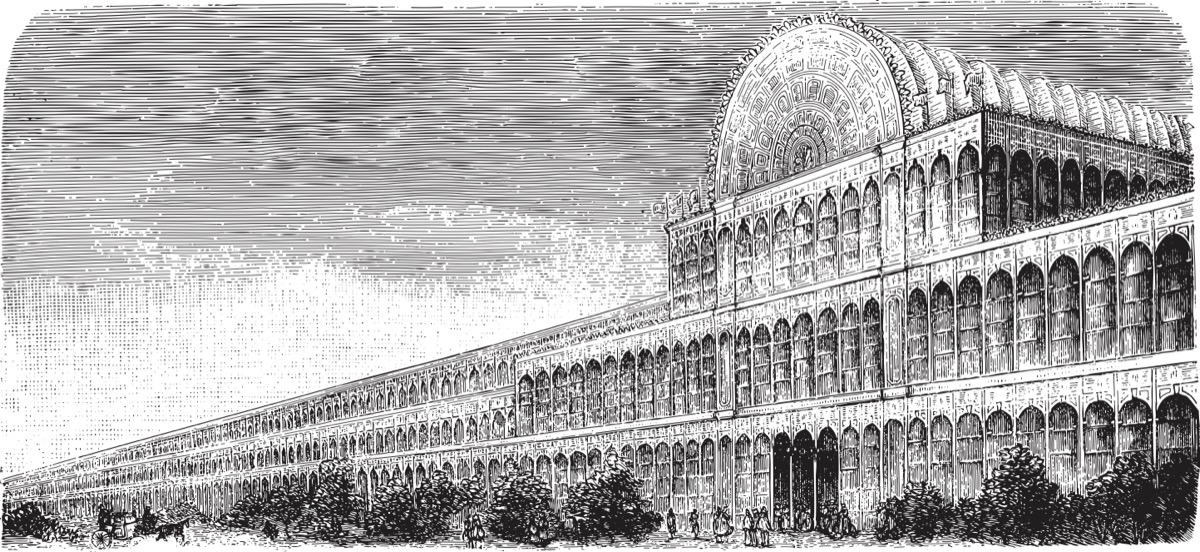
The Crystal Palace was originally built in Hyde Park, London, to accommodate the Great London Exhibition of 1851. Upon completion, it was nearly one million square feet of glass and ornate architecture. After the Great Exhibition, however, the structure was taken down and rebuilt in 1854 at Sydenham Hill. Queen Victoria and other notable figures held exhibitions and events at the new Crystal Palace, making it a fixture in British history. In 1936, the structure was nearly completely ruined by a fire. Then, bombings during World War II destroyed what remained of it.
7
Chorley Park: Toronto, Canada
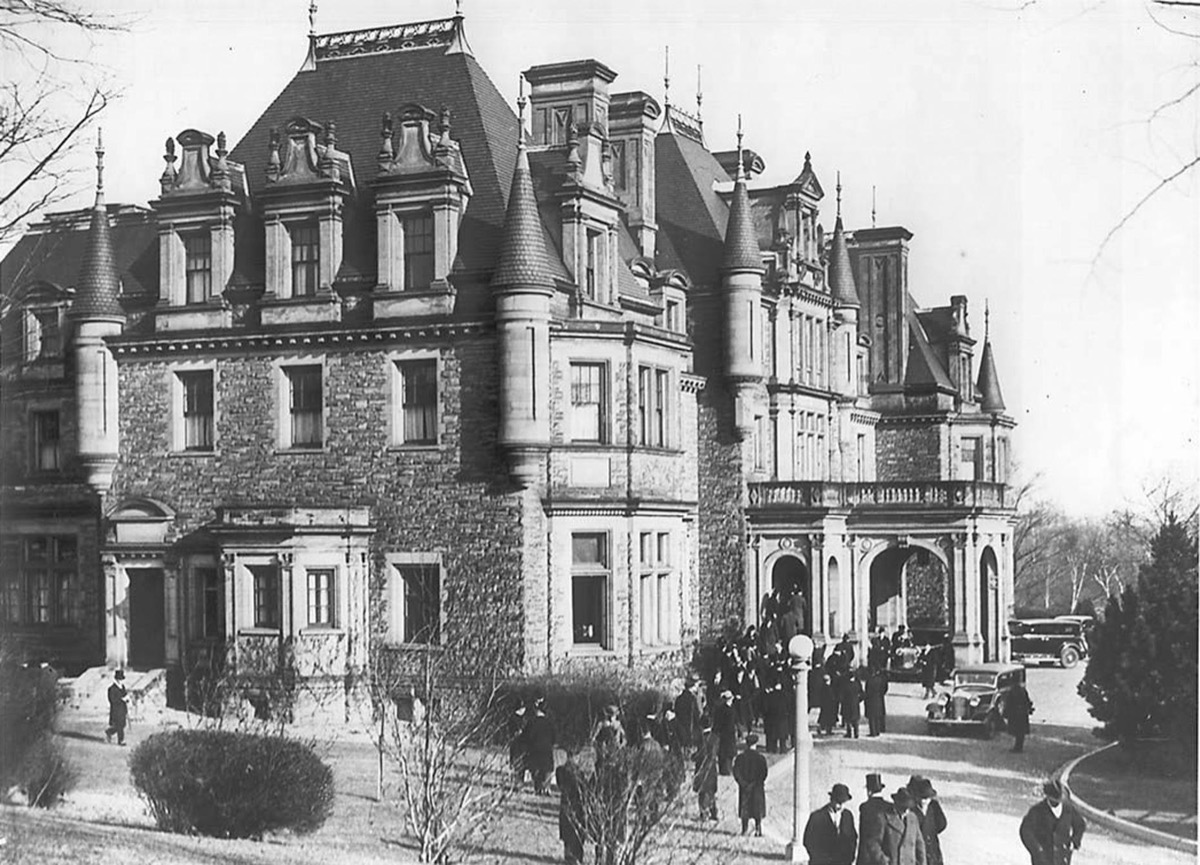
Unlike nearly every other province in Canada, Ontario's governor does not have an official residence. That stems from the initial decision to demolish the original governor's mansion in Toronto, called Chorley Park, in the 1960s. From 1915 to 1961, Chorley Park, worth $18 million upon its completion, was the most opulent building in the city.
According to The Star, the mansion saw its demise through a series of budget cuts that began during the Great Depression. While the estate survived for decades after that, the government eventually decided to demolish the building, and with it, the tradition of a governor's residence in the province of Ontario.
8
Nelson's Pillar: Dublin, Ireland
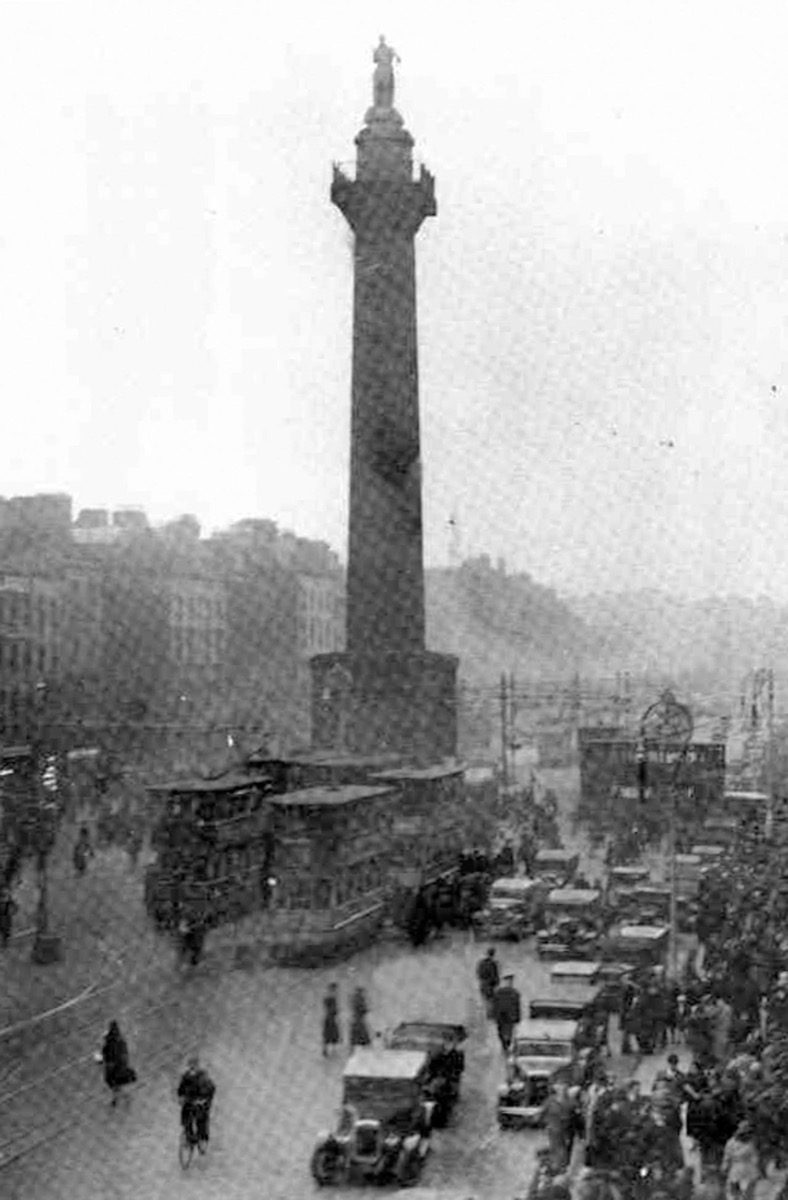
The Nelson Pillar, a statue of British Admiral Horatio Nelson, was erected in 1809 and stood at the center of what was once called Sackville Street (later renamed O'Connell Street) in Dublin, Ireland. However, after the Irish gained independence from the U.K. in 1922, its presence was hotly debated, according to the BBC. In March 1966, it was damaged by explosives placed there by Irish Republicans; then, the Irish Army demolished the rest of the statue.
9
The Chicago Federal Building: Chicago, Illinois
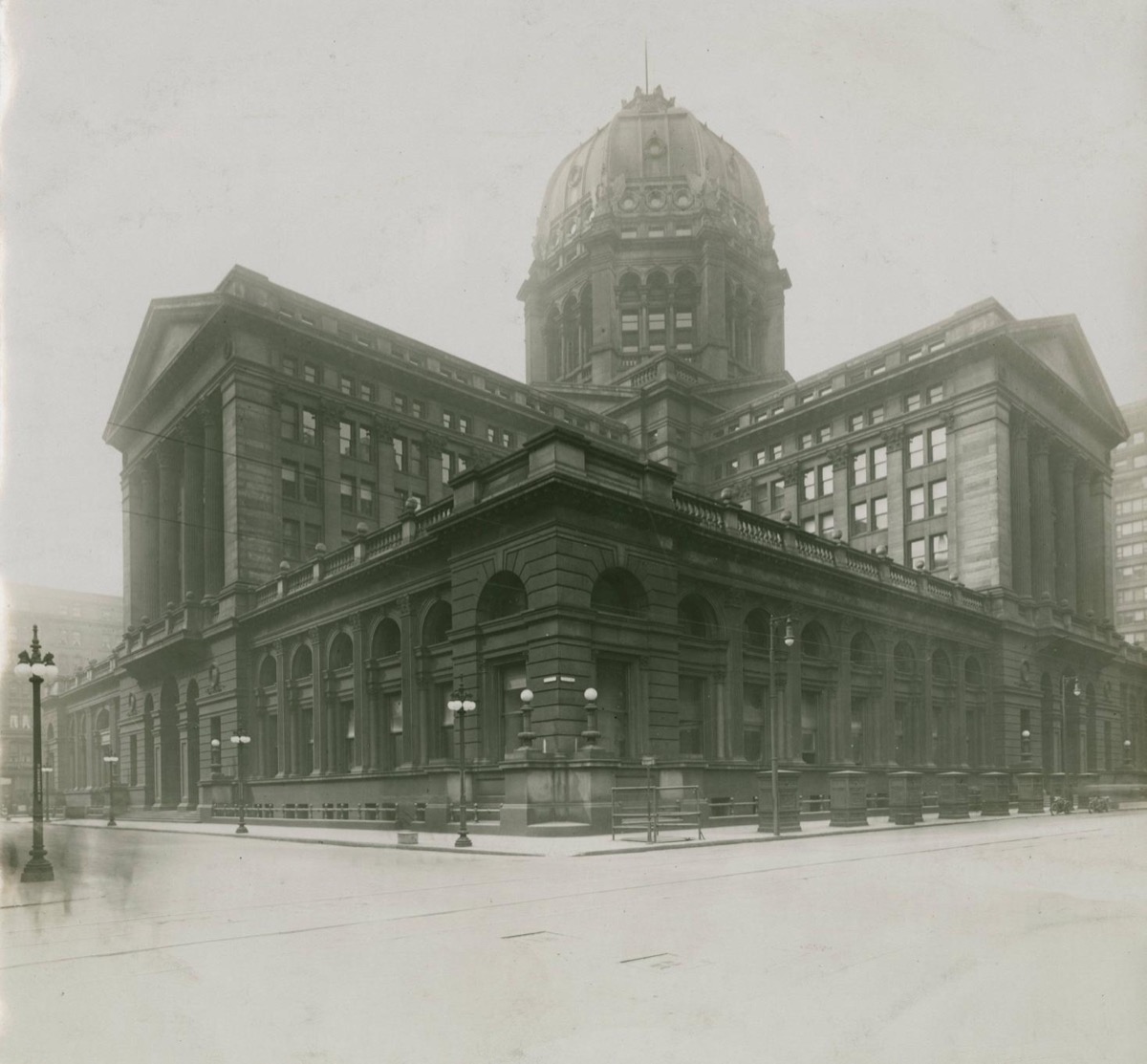
Opened to the public in 1905, the Chicago Federal Building was an incredible feat of architecture, with 16 floors of offices and a glamorous rotunda towering above the city streets. The building's major claim to fame was that in 1931, it was the site of the famous Al Capone trial. Just over 30 years later, however, in 1965, the Chicago Federal building was demolished to make room for the new version of the federal building—the modernist Kluczynski Federal Building.
10
The Singer Building: New York, New York
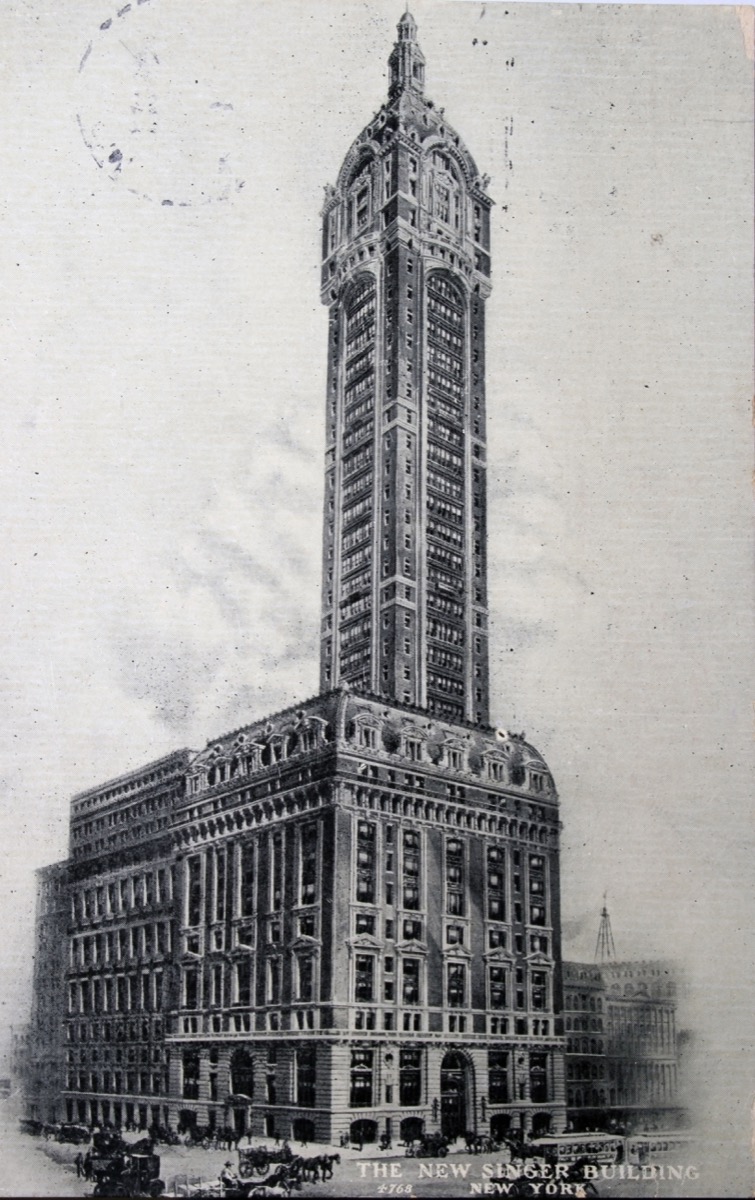
When the Singer Building was opened to the public in Lower Manhattan in 1908, it was the tallest skyscraper in the world, according to The New York Times. Standing 41 stories tall, the office building served as the headquarters of the Singer Manufacturing Company.
As taller and more impressive buildings were erected in New York City and beyond, the building lost much of its prestige. In 1968, the Singer Building became the tallest building to ever be demolished. Now, it is the site of the office building One Liberty Plaza.
11
Cornelius Vanderbilt II's Mansion: New York, New York
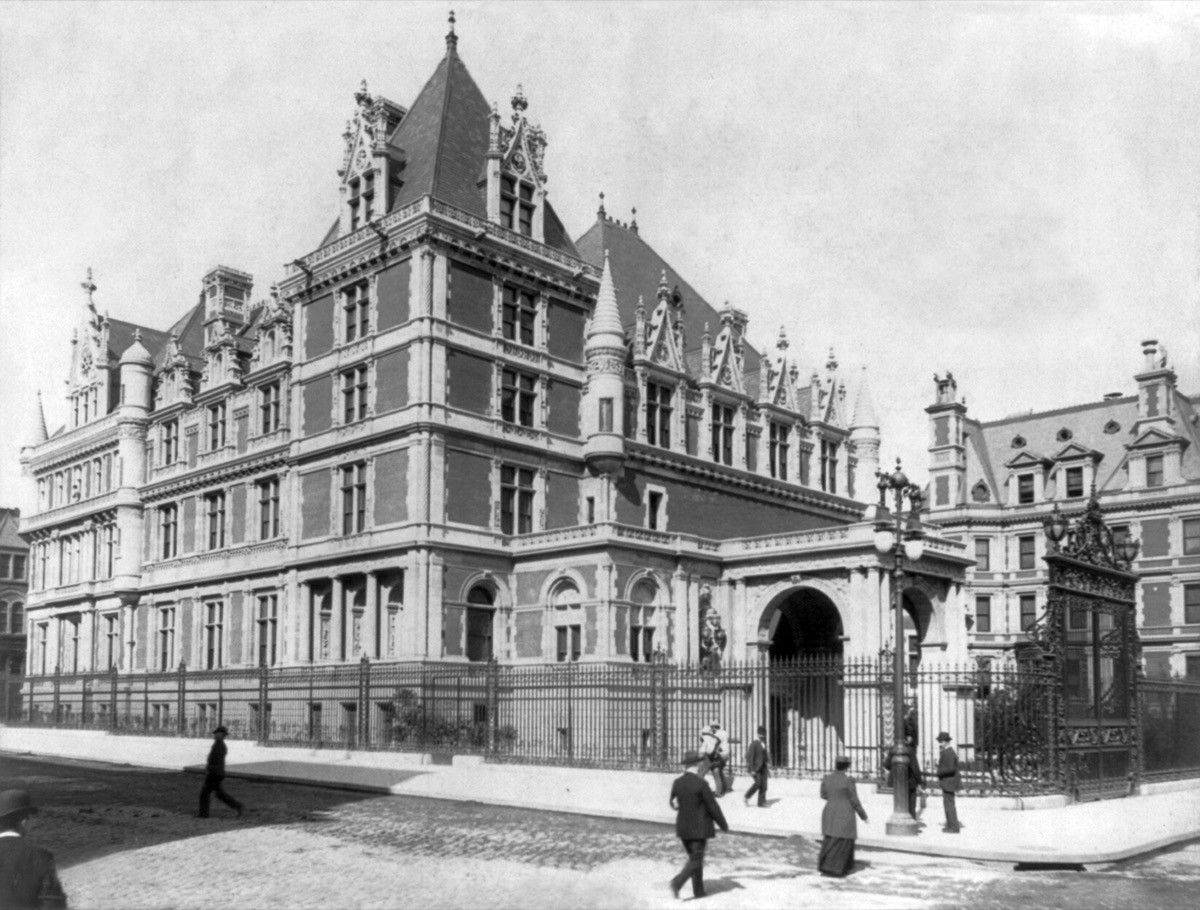
Feeling that his peers were trying to outdo him with their homes, Cornelius Vanderbilt II, the eldest grandson of Cornelius Vanderbilt, bought an entire city block in Manhattan in 1883 to craft his mansion. To this day, his sprawling property, which had 130 rooms (including a salon, a music room, a conservatory, and a drawing room), is the biggest personal residence to have ever existed on the island of Manhattan.
Unfortunately, despite the Vanderbilt family's best efforts to maintain the home, they were forced to sell it for $7 million. In the latter half of the 1920s, it was demolished to make way for the Bergdorf Goodman department store.
12
The Original Madison Square Garden: New York, New York
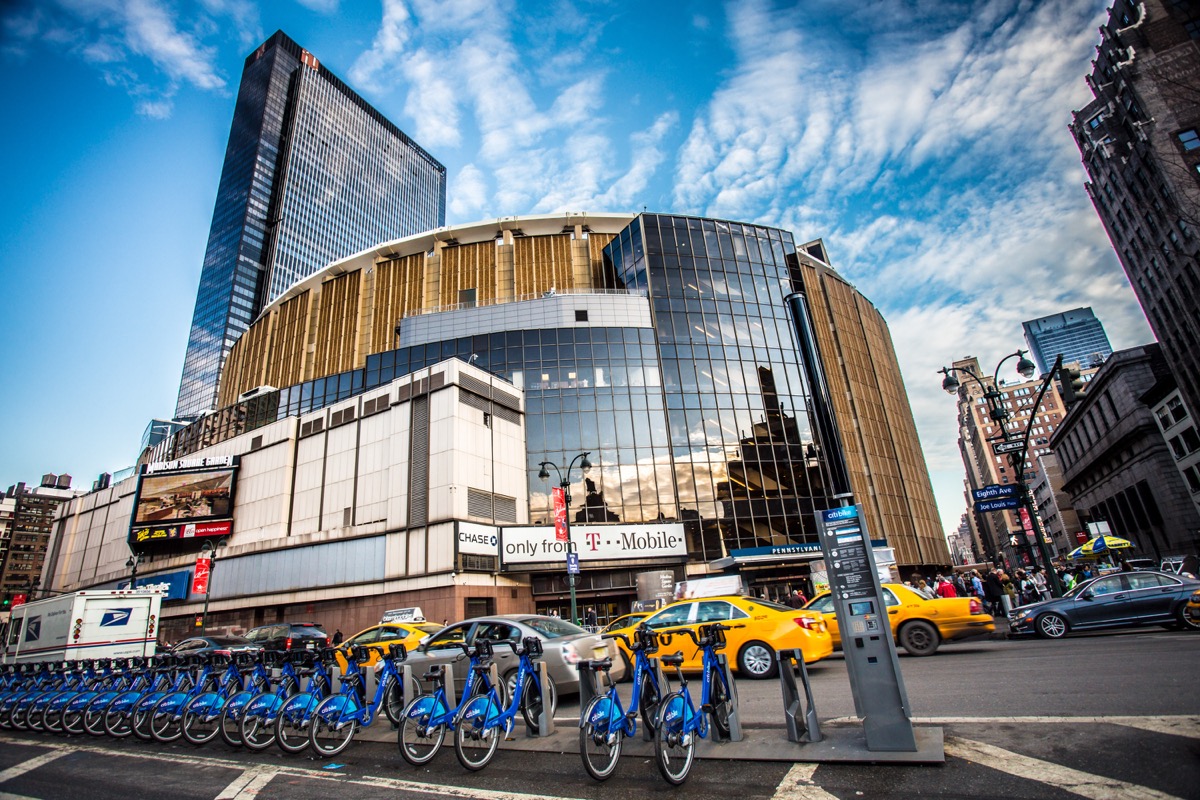
Built in 1874 by William Kissam Vanderbilt, another grandson of Cornelius Vanderbilt, the original Madison Square Garden was a large arena that featured a number of historically important acts, from P.T. Barnum's circus to the National Horse Show, according to Ballparks.com. Unfortunately, the roofless arena proved to be freezing during the winter season and sweltering during the summer. Demolition began in 1889; today, the New York Life Building stands on the site.
13
The Original Waldorf Astoria Hotel: New York, New York
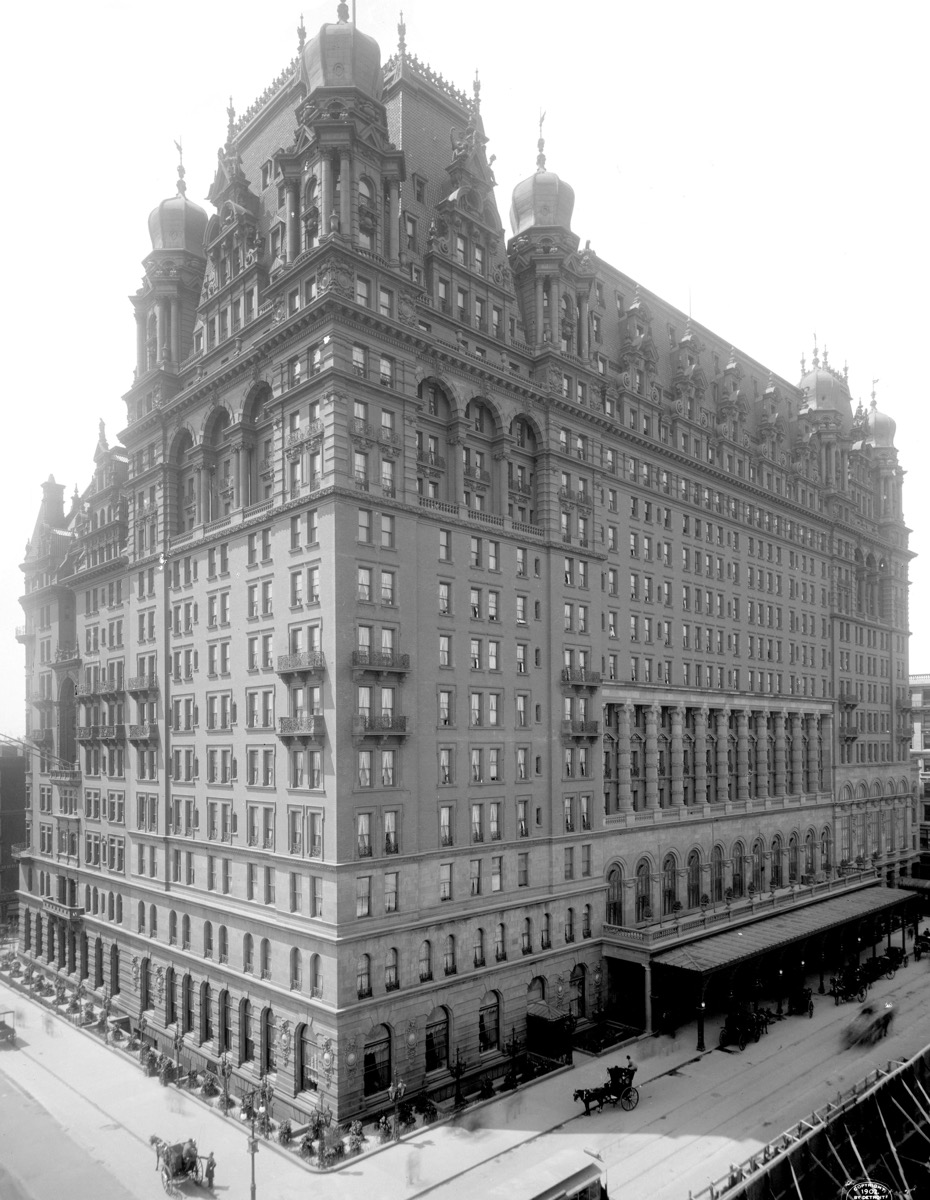
Standing on the site where millionaire William Waldorf Astor's mansion had previously stood, the Waldorf-Astoria Hotel was once the center of high society in New York City. Between its opening in 1893 and its demolition in 1929, the Waldorf-Astoria was the talk of the town, becoming the first hotel to offer private bathrooms and electricity.
The hotel also hosted one of the best restaurants in the city, The Empire Room, which saw the introduction of a number of now famous dishes, including the Waldorf Salad, Eggs Benedict, and Thousand Island dressing. It was demolished in 1929 to make way for the Empire State Building, but a new version of the hotel is situated about 15 blocks north on Park Avenue.
14
City Hall: Detroit, Michigan
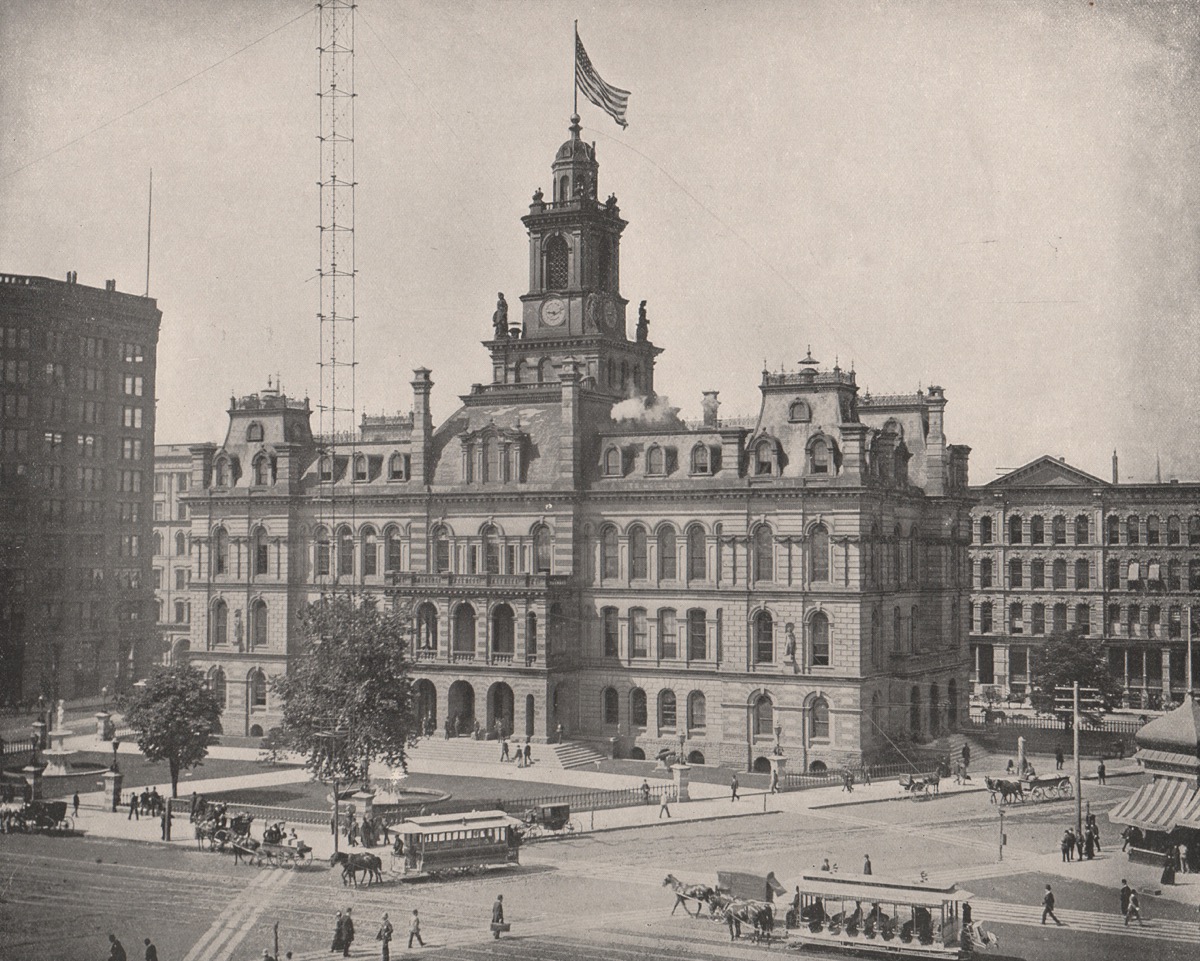
From 1871 to 1961, Detroit's Old City Hall hovered over the city as the automobile industry took off and brought economic prosperity to its residents. At the time it was constructed, it had the largest tower clock in America, built by one of the nation's foremost clockmakers, W.A. Hendrie. For decades, however, the government fought to demolish the building, which they felt cost too much money to maintain. Residents of the city tried to protect the beloved structure, but ultimately failed. The building was demolished in 1961.
15
Candlestick Park: San Francisco, California
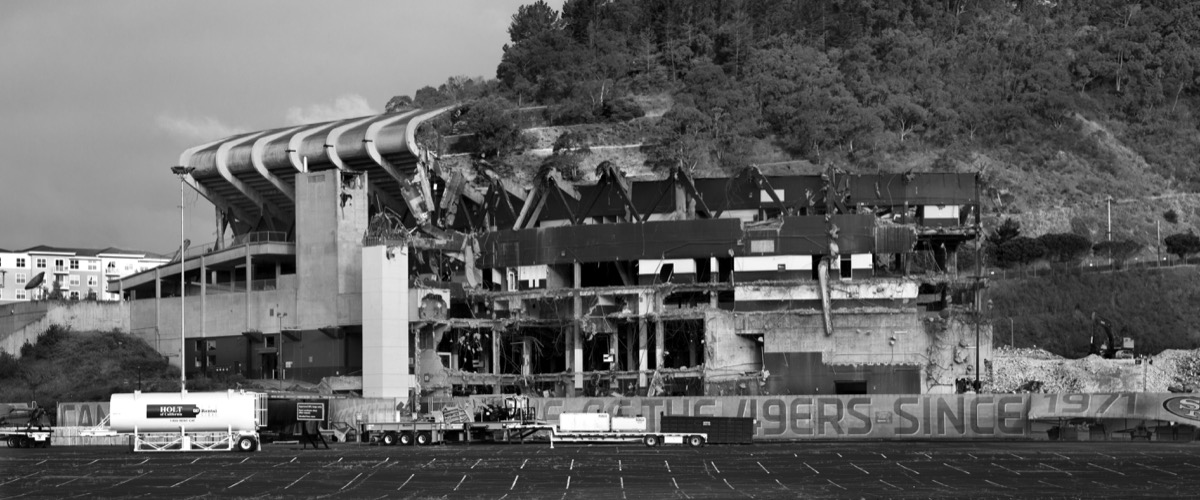
Candlestick Park was originally the home of the San Francisco Giants, but then housed the 49ers from 1971 to 2013. Aside from a number of memorable sporting events, Candlestick Park also played host to several iconic concerts, from the Beatles' final performance to shows by the Rolling Stones and appearances by the Pope. After decades of major cultural events, millions of people around the country mourned the loss of the San Francisco institution when it was demolished in 2015 to make way for a mall that was never erected, according to the San Francisco Chronicle.
16
Ebbets Field: New York, New York
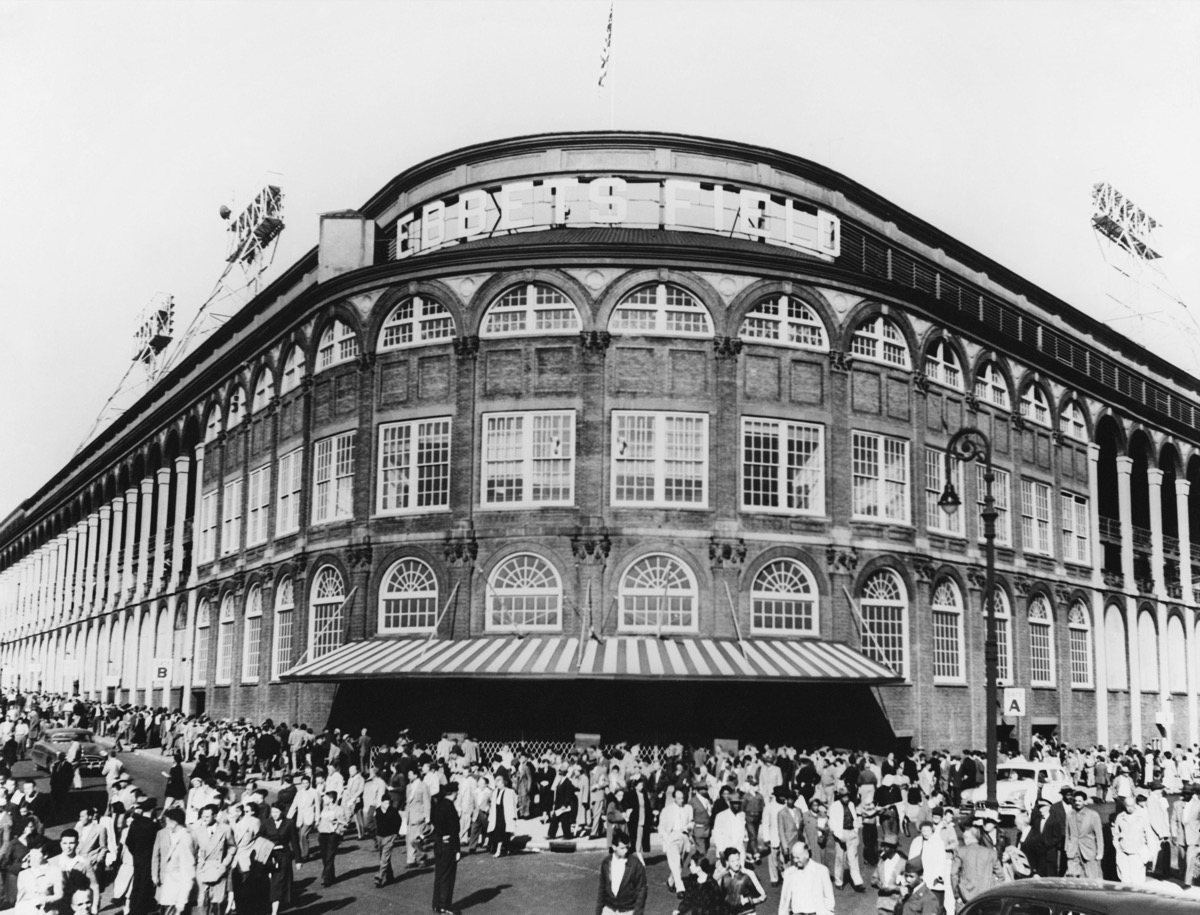
From 1913 to 1957, Ebbets Field in Brooklyn, New York, served as the home of the famous Brooklyn Dodgers. The stadium held some of the most famous moments in MLB history, like the introduction of the first African-American baseball player, Jackie Robinson. However, once the Brooklyn Dodgers moved to Los Angeles in 1957, there wasn't much of a purpose for Ebbets Field, and it was subsequently demolished in 1960 to make way for new apartment buildings.
17
The Original Wembley Stadium: London, England

Formerly known as the Empire Stadium, the original Wembley Stadium in London, England, was a soccer stadium that hosted a number of culturally significant events since it opened in 1923, from the 1948 Summer Olympics to the British leg of the Live Aid concert in 1985. To the disappointment of millions, however, the building was demolished in 2003, and a new stadium opened in 2007.
18
Birmingham Terminal Station: Birmingham, Alabama
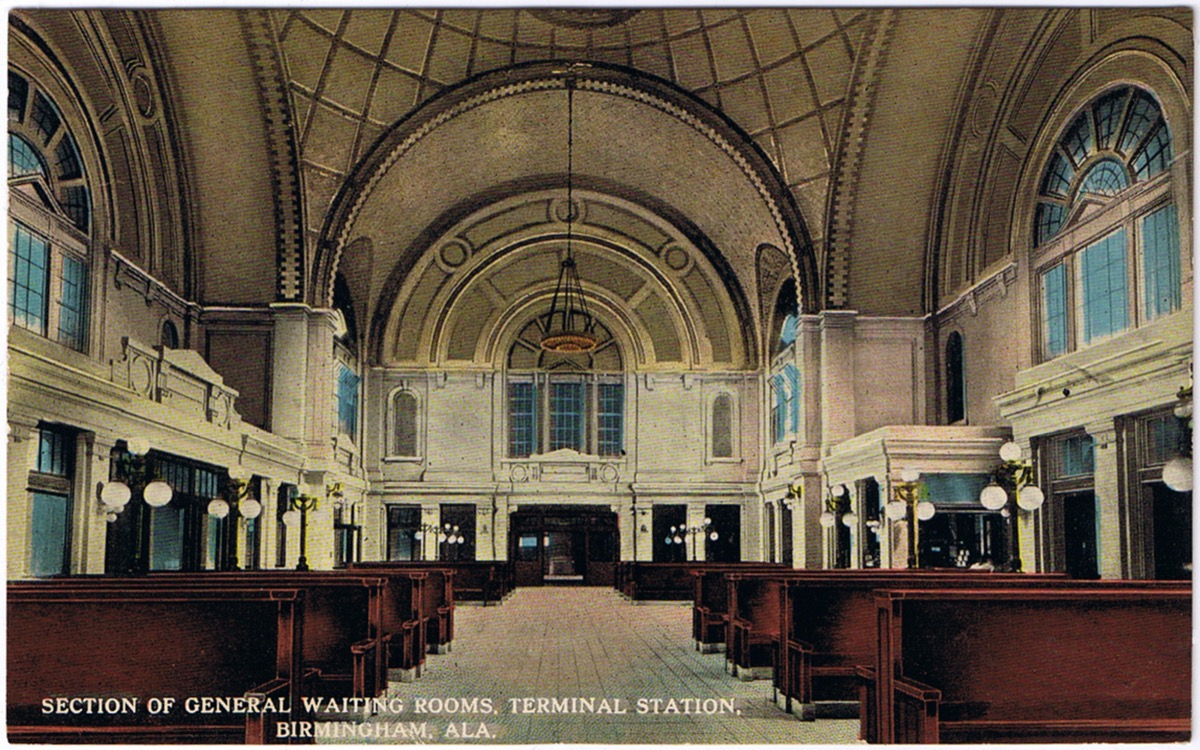
From 1909 through the 1950s, the Birmingham Terminal Station served millions of customers and established Birmingham as a southern hub. In 1969, however, it was demolished in favor of a redevelopment plan for the space, which included a more modern train terminal, a new Social Security building, two office buildings, and a luxe hotel. However, none of that ever happened.
Fifty years after its eventual decline and demolition, the destruction of the Birmingham Terminal Station is still a sore subject for locals. "The great shame is that Birmingham lost one of its most glorious landmarks to an ill-conceived proposition," former Birmingham Mayor George Seibels once said. "It's certainly the most unpopular razing of any structure in the city's history."
19
The Royal Opera House of Valletta: Valletta, Malta
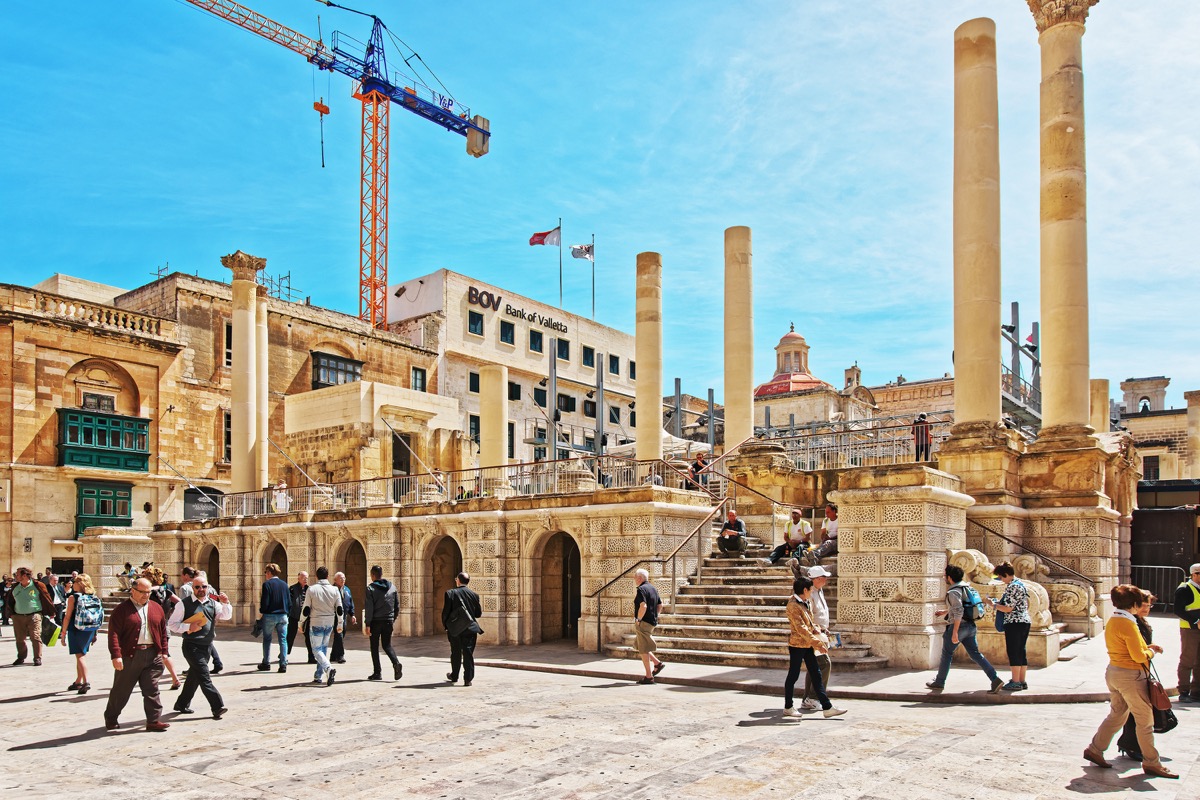
The Royal Opera House of Valletta—also known as the Royal Theatre—was one of the most beautiful and iconic buildings in Malta from its erection in 1866 until the day it was destroyed in 1942 in the Luftwaffe bombing during World War II. Authorities made several attempts to rebuild the site, but none of them were successful. Today, it's used as an open-air stage.
20
Jonah's Tomb: Mosul, Iraq

Once one of Iraq's most revered monuments, Jonah's Tomb was believed to be the final resting place of the biblical prophet Jonah. On July 24, 2014, ISIS bombed the tomb and the surrounding area, completely destroying the centuries-old historical site.
21
The Public Library of Cincinnati: Cincinnati, Ohio

The original Public Library of Cincinnati was built in 1874 with the capacity to hold up to 300,000 books, according to the Cincinnati Enquirer. The library was originally meant to be an opera house, and that was clear from its luxurious details, like its marble floors and spiral staircases. In 1955, the relic was demolished to make way for a newer, more modern library, which still sits a quarter of a mile up the street.
22
The Library of Alexandria: Alexandria, Egypt
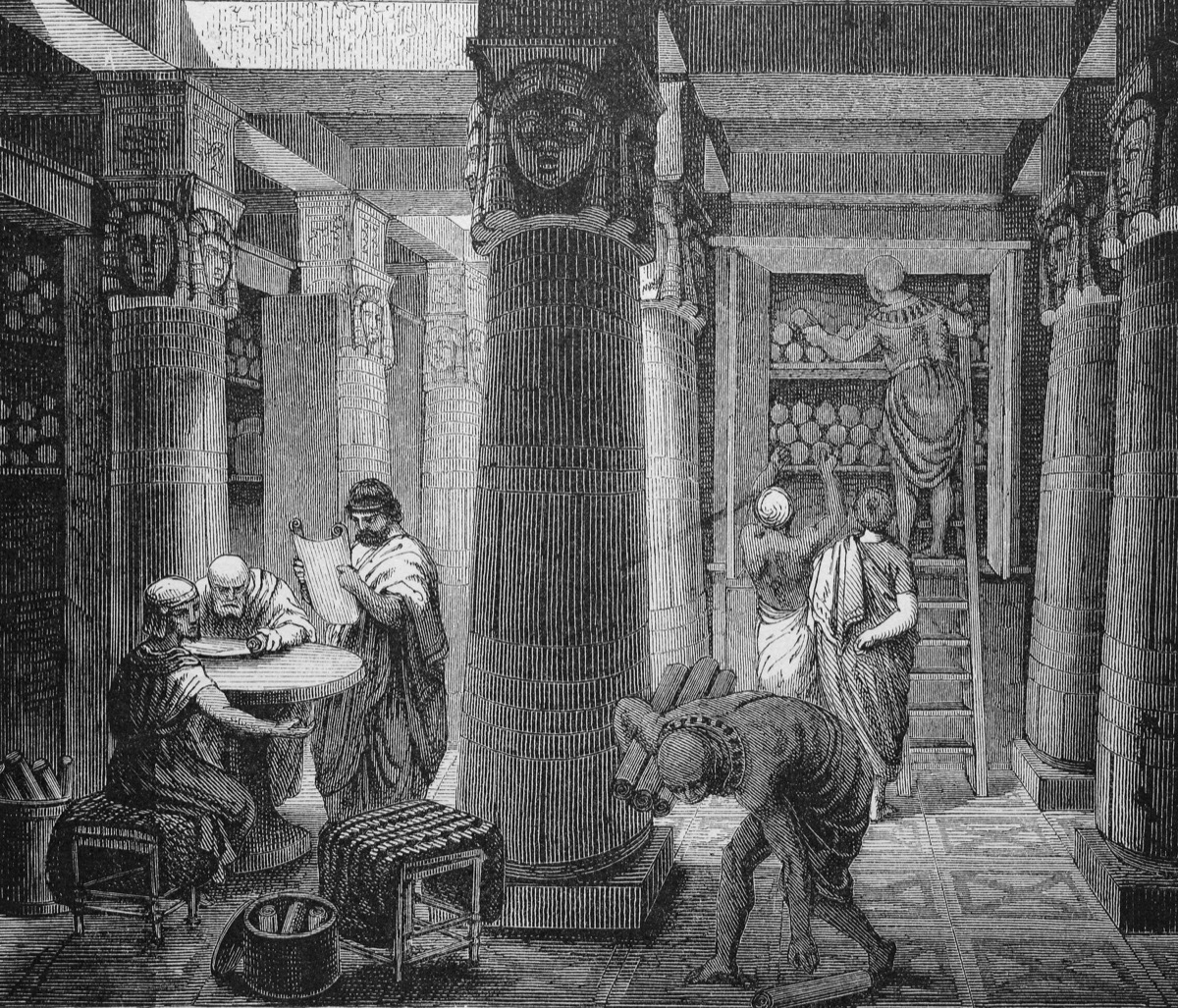
The Great Library of Alexandria was one of the grandest, most prolific libraries of the ancient world, housing the original works of Homer, Sophocles, and other influential scholars. Unfortunately, though, you won't be able to visit this site anymore, as it was destroyed in a rebellion around the 260s A.D., according to Ray MacLeod, the author of The Library of Alexandria: Centre of Learning in the Ancient World.
23
The Colossus of Rhodes: Rhodes, Greece

Erected in 282 B.C. in the city of Rhodes on the Greek island of the same name, the Colossus of Rhodes statue depicts the Greek sun-god Helios. According to The Seven Wonders of the Ancient World by Peter A. Clayton and Martin Price, it is speculated that the ancient statue stood around 108 feet tall, making it the tallest statue of the ancient world (which is perhaps why it was considered one of the original Seven Wonders of the World). The statue was destroyed in an earthquake in 226 B.C. Although parts of it were preserved, it has never been rebuilt.
24
The Bamiyan Buddhas: Bamiyan, Afghanistan
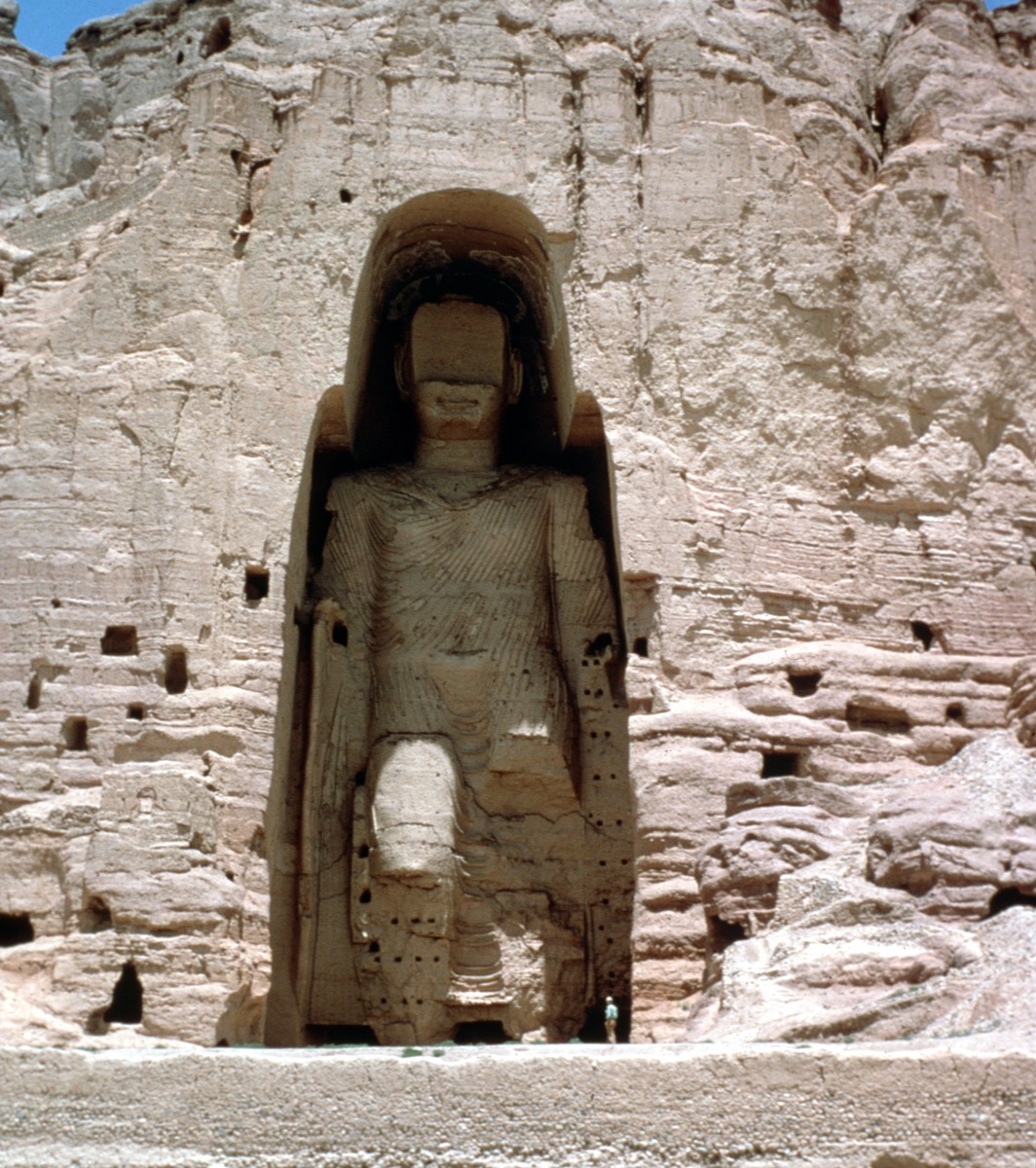
The Buddhas of Bamiyan were first erected in the 6th century and they stood tall for more than a thousand years until they met a tragic demise. According to USA Today, the Taliban believed that the Buddhas were symbols of oppression to their religion, and so, they demolished them in 2001. They are currently being restored by United Nations Educational, Scientific, and Cultural Organization (UNESCO).
25
Al-Madina Souq: Aleppo, Syria

With its long and winding market stalls, Al-Madina Souq was the largest covered historic market in the world. Located in the heart of Aleppo, Syria, Al-Madina Souq had been the heart of the city since its creation in the 14th century, according to The Telegraph. However, in 2012 the market became the target of attacks by the Free Syrian Army and the Syrian Armed Forces. Years later, most of the ancient structure is gone and efforts are being taken to restore the rest of the marketplace.
26
The Al-Askari Mosque: Samarra, Iraq
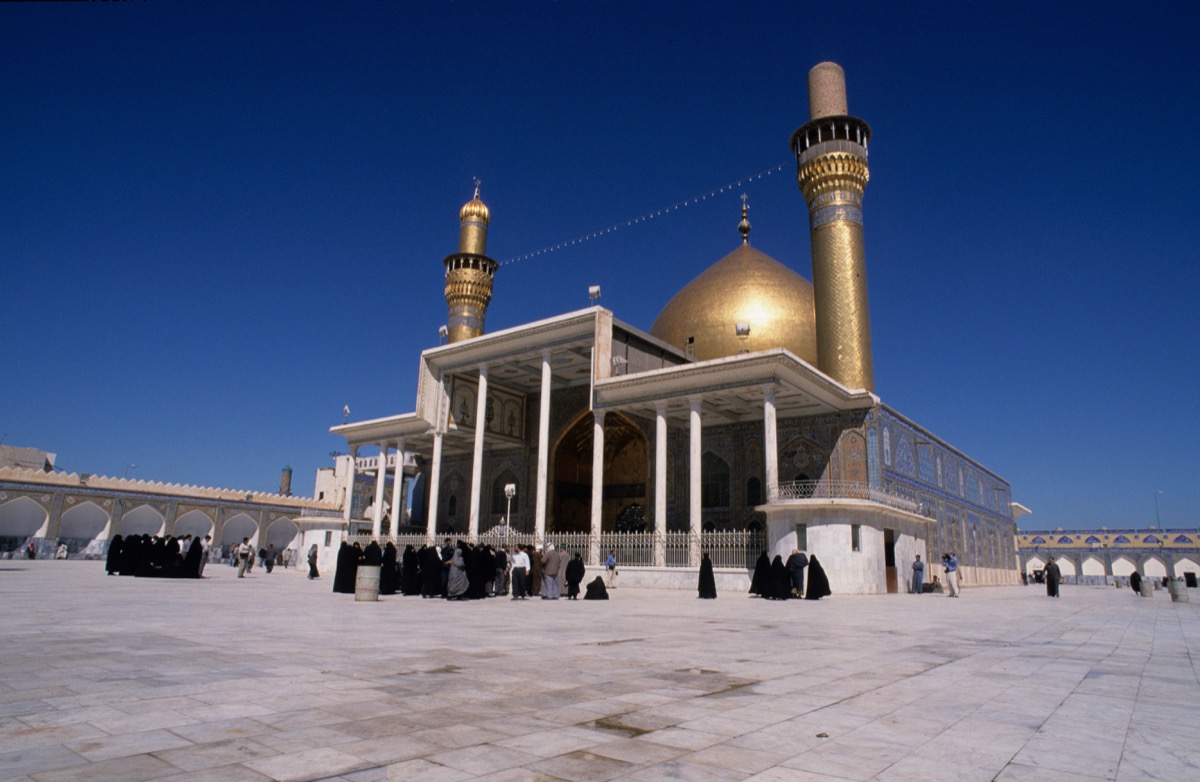
Though it's in the process of being rebuilt, the Al-Askari Mosque in Samarra, Iraq, was completely destroyed by numerous terrorist bombings throughout the past decade. Built in 944, the Al-Askari Mosque was considered one of the most important mosques in the world, becoming a pillar of the Islam religion over its centuries of operation, according to The New York Times.
27
Nimrud: Noomanea, Nineveh
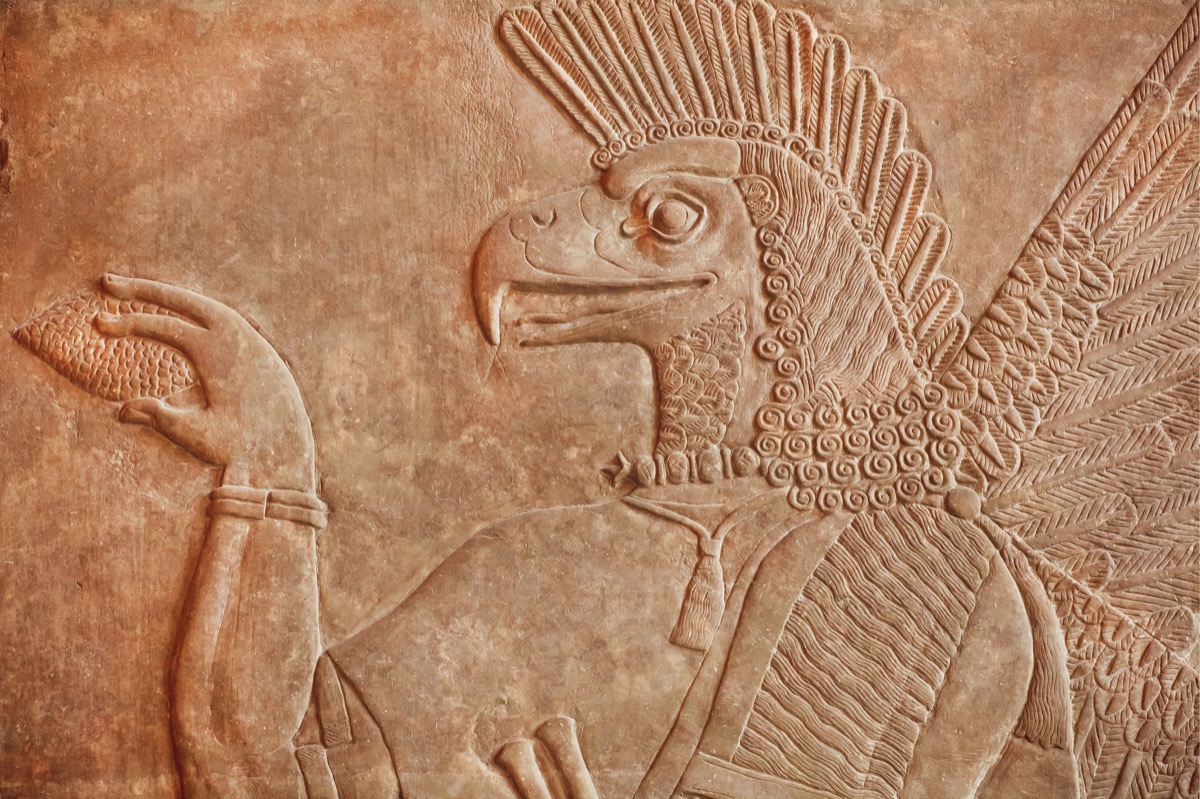
Before its destruction in 2015 at the hands of ISIL, Nimrud was an ancient Assyrian city just 20 miles south of Mosul, Iraq. The city was deemed one of the most important cultural artifacts of the Neo-Assyrian Empire, which existed between the years 911 and 605 B.C. Locals had managed to maintain much of the site until the terrorist group brought in bulldozers to tear it apart, according to The Independent.
28
The Ténéré Tree: Ténéré, Niger

Once considered the most isolated tree on Earth (it was the only tree for 250 miles in Niger's Sahara Desert), the Ténéré Tree served as a guidepost for drivers and caravans traversing the desert in the early- and mid-20th century, according to Smithsonian Magazine. In 1973, it was tragically knocked down by a drunk truck driver.
29
The Pyramid at Nohmul Complex: Nohmul, Belize
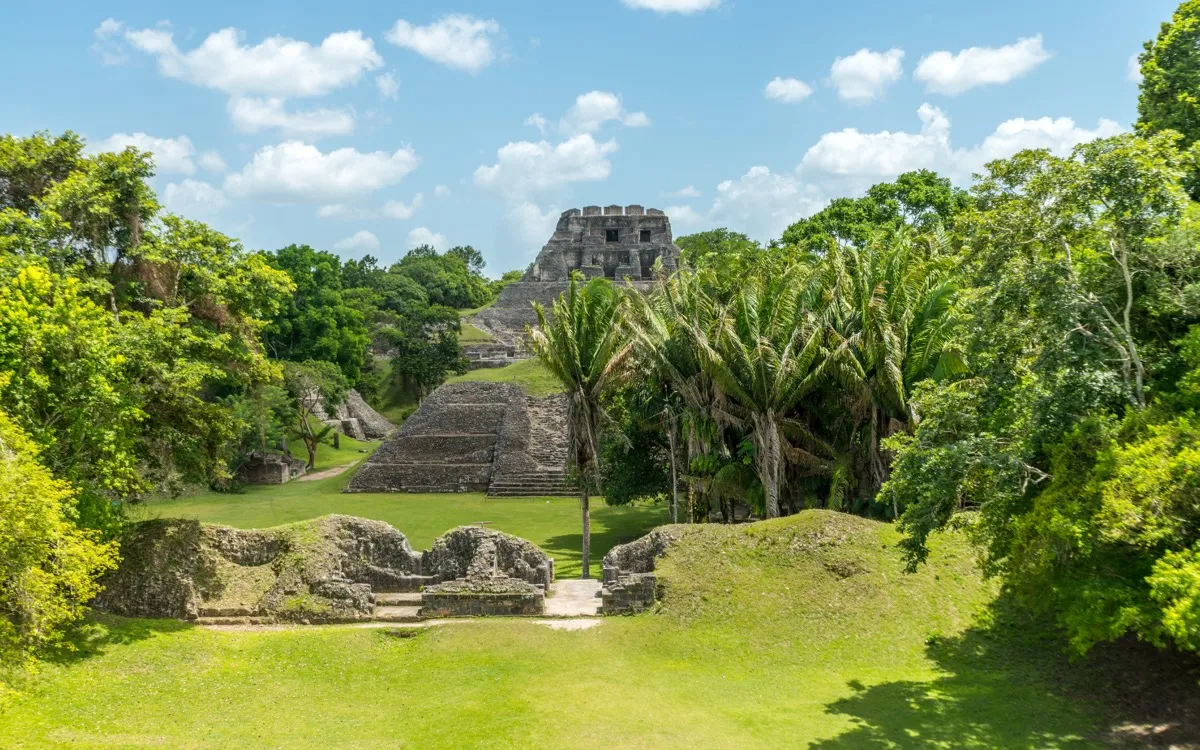
In 2013, one of the 15 precious ancient Maya ruins in Belize, which dated back to approximately 300 B.C., was demolished by construction crews for gravel, according to National Geographic. Despite the fact that these ancient monuments stood in the Nohmul Complex for centuries, the area was never developed for tourism. That's how a construction crew was able to bulldoze one of the pyramids without a fight, despite the fact that laws exist in the country to protect them.
30
Frauenkirche Cathedral: Dresden, Germany
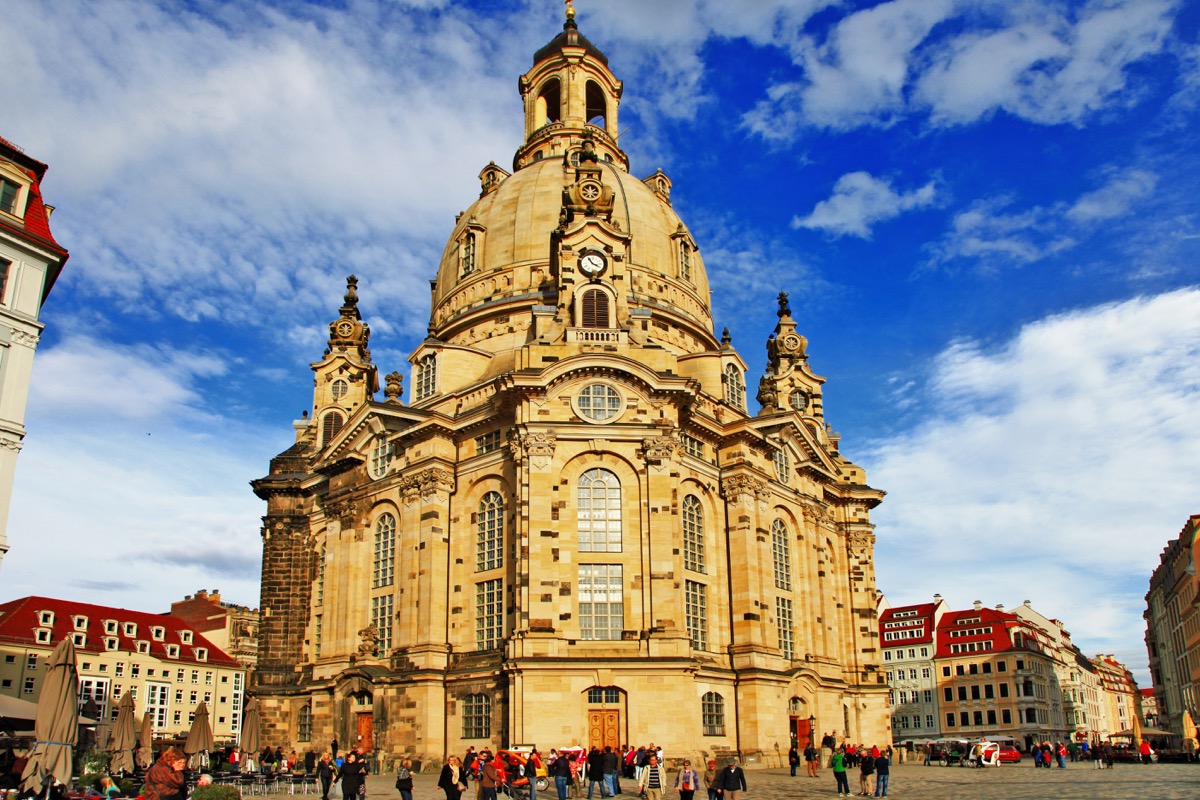
Built in the 18th century, the Frauenkirche Cathedral in Dresden, Germany, became a pillar of the Protestant faith in the country and in Europe as a whole. The church became so famous, in fact, that upon its completion, Johann Sebastian Bach even gave a recital to churchgoers on the brand-new organ inside of it. However, the church was no match for the artillery used during World War II. On February 15, 1945, after a bombing raid on Dresden, it crumbled. In 2005, reconstruction of the church was completed and it reopened for service.
31
The Berlin Wall: Berlin, Germany

From 1961 to 1989, the Berlin Wall physically and ideologically separated East and West Berlin, according to American Heritage Magazine. But in 1989, the two sides were finally reunited and the wall came down. Officially, the demolition of the Berlin Wall was complete in 1992.
32
National Museum of Brazil: Rio de Janeiro, Brazil
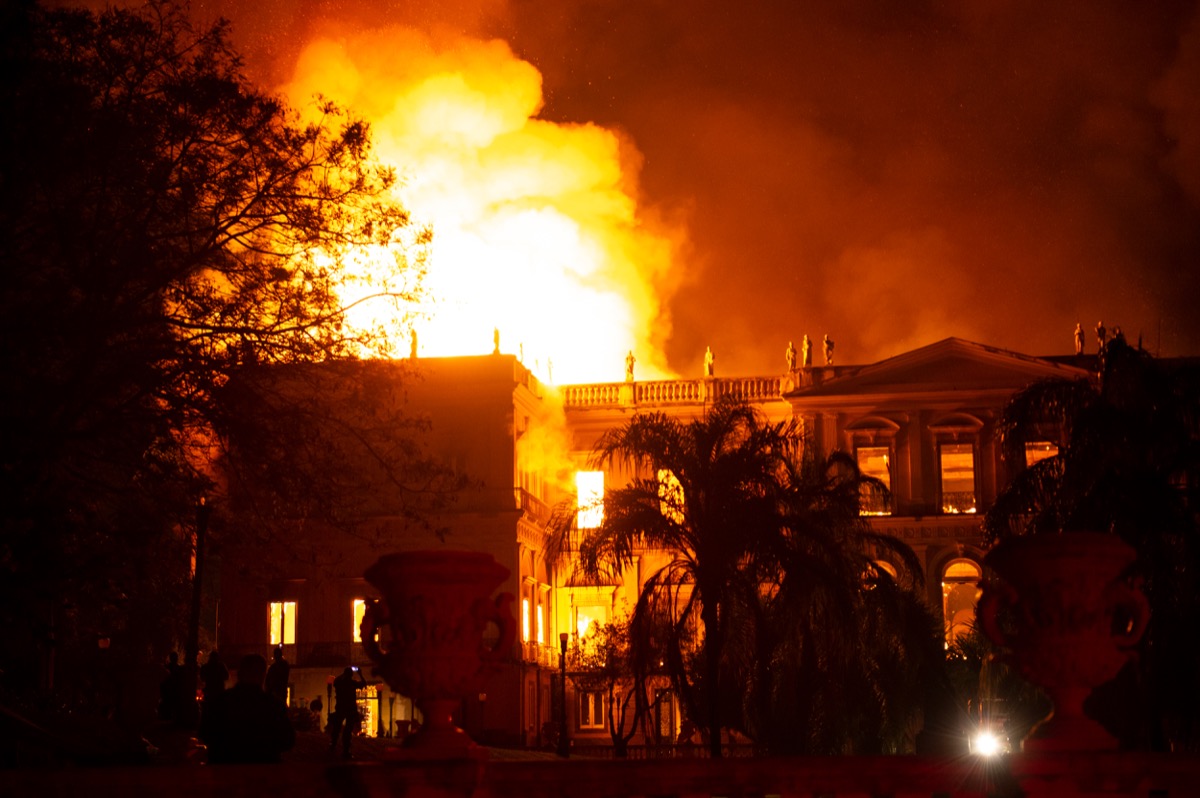
Before it became the National Museum of Brazil, the building that housed more than 20 million historical artifacts was home to the Portuguese Royal Family from 1808 to 1821 and the Brazilian Imperial Family from 1822 to 1889. Then, in 1892, the space was designated to be used as the national museum.
For more than 125 years, the museum held some of the oldest and most precious pieces of South American culture… until a fire destroyed it in 2018. The extra bad news is that the museum was uninsured, but more than a million dollars has been raised so far to rebuild it.
33
Benin City: Nigeria

Benin City was the heart of the Edo kingdom of Benin, which flourished from the 13th century until it was destroyed by the British in 1897. Benin City once possessed a plethora of culturally significant artifacts, like famous bronzes, ivory, and other treasures. Now, according to Encyclopaedia Brittanica, a new city has been built on top of the ruins of the old Benin City, and there's no sign of the past in the present.
34
Dair Mar Elia: Mosul, Iraq
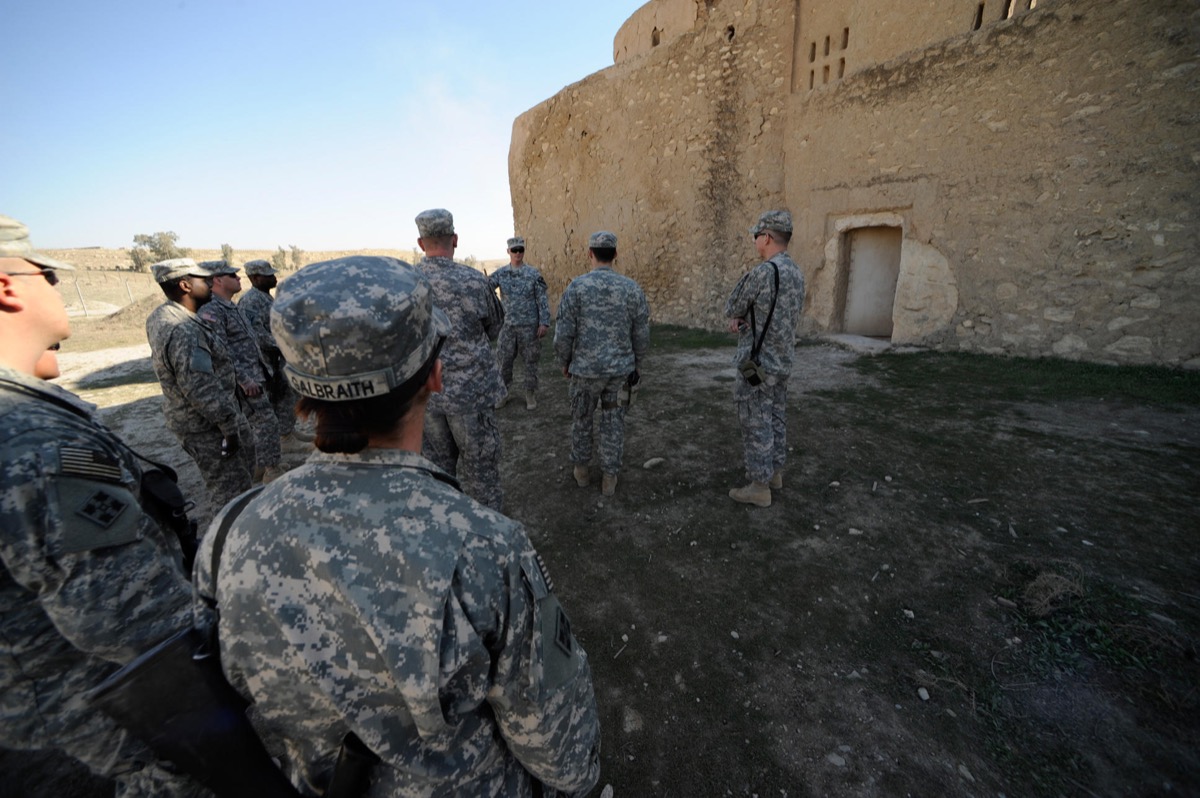
Also known as Saint Elijah's Monastery, Dair Mar Elia was a Christian monastery located just south of Mosul, Iraq. The monastery was founded in the late 6th century and was one of the oldest of its kind in the country. According to The New York Times, the monastery remained intact for more than 1,000 years until the Invasion of Iraq in 2003 left it severely damaged. Then, in 2014, every remaining part of the monastery was demolished by ISIL.
35
The National Museum of Natural History: New Delhi, India

Opened to the public in 1978, the National Museum of Natural History in New Delhi, India, was an institution for decades. Unfortunately, in April 2016, the entire building and its massive collection of artifacts were lost in a fire, according to The Guardian.
"This is an irreversible loss," Rahul Khot, the curator of the Bombay Natural History Society's collection, told the paper. "Museums are not made up overnight; it takes effort over decades to collect, research and curate a museum."
36
The Hall of Nations and Industries: New Delhi, India
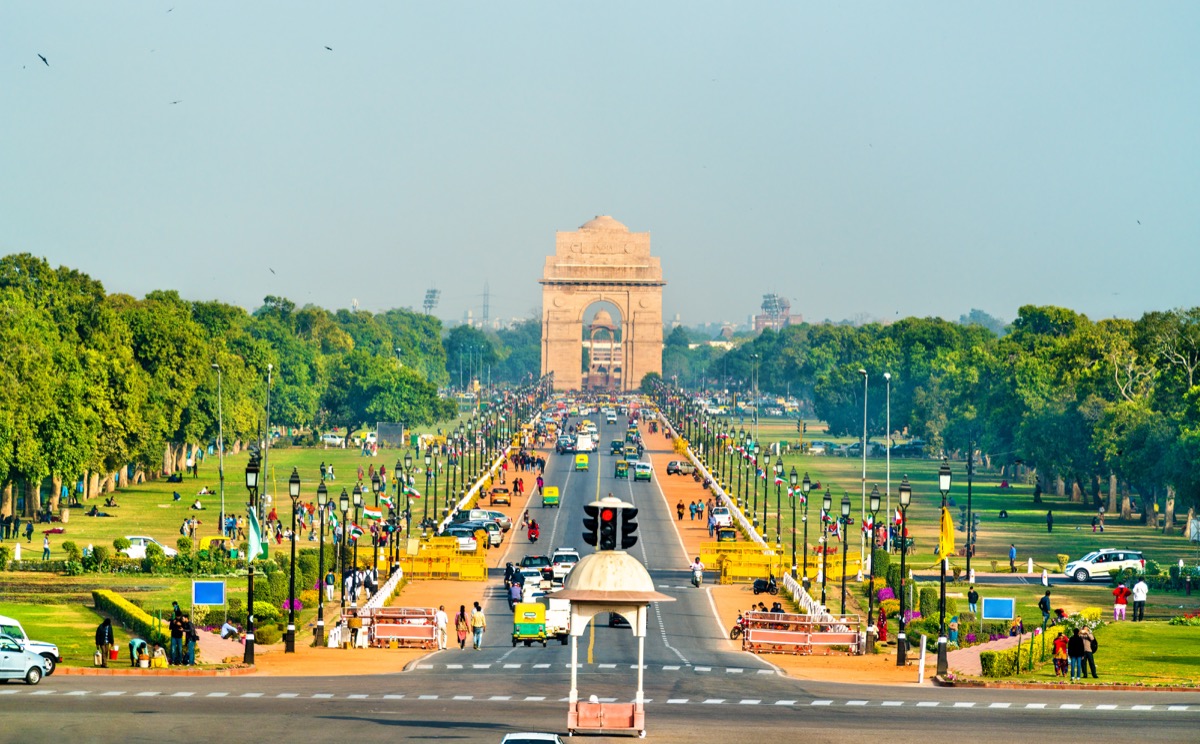
To mark the 25th anniversary of the day India became free from Britain's rule, the country erected a grand building in 1972, called the Hall of Nations and Industries. Located in New Delhi, the Hall of Nations was an impressive feat of engineering and architecture that reflected the changing tides within the country, according to The Architect's Newspaper. The momentous building was once listed as a World Heritage Site by UNESCO. But, in 2017, despite its historical significance, India's government had it demolished in favor of a new Integrated Exhibition and Convention Centre.
37
Yŏngmyŏng Temple: Pyongyang, North Korea

Though it isn't known exactly when the Yŏngmyŏng Temple was erected, a popular theory states that it was built around the time of the Goguryeo kingdom in 400 B.C. As the centuries went on, Yŏngmyŏng remained an elegant part of the Pyongyang skyline, reminding locals and international admirers of the Buddhist history of North Korea. During the Korean War of the 1950s, however, the ancient Buddhist temple was destroyed by U.S. bombs.
38
Beacon Towers: Sands Point, New York

Apart from being a beautiful example of Gilded Age architecture, Beacon Towers in Sands Point, New York, became famous for its celebrity tenants, including Alva Belmont, an ex-Vanderbilt, and William Randolph Hearst, according to Gold Coast Mansions. Not only that, but its splendor also inspired F. Scott Fitzgerald's setting for The Great Gatsby. In 1945, the mansion was demolished to make way for new sprawling homes.
39
The Pearl Roundabout: Manama, Bahrain

In a strange way, the Pearl Roundabout became a symbol of democracy in Bahrain. The monument stood 300 feet tall and was erected in 1982 to commemorate a meeting of the Gulf Cooperation Council, according to the Washington Post. Then, in 2011, despite protests from locals and tourists alike, the structure was demolished by the government with the intention of removing any locations of potential protests during the Bahraini uprising of 2011.
40
The Jeffrey Pine: Yosemite National Park, California

Made famous by photographers Ansel Adams and Carleton Watkins in the 19th and 20th centuries, the famous Jeffrey Pine that once rested upon the Sentinel Dome in Yosemite National Park in California was one of the most photographed trees in the world. According to the San Francisco Gate, the tree died after a severe drought took hold of the park in 1976 and '77. After standing for decades, the beloved tree finally toppled down in 2003.
41
The Cliff House: San Francisco, California

Though there have been many major incarnations of The Cliff House in San Francisco, California, the one that has remained the most iconic is the one that was built in 1896 by Adolph Sutro. This version was a seven-story Victorian chateau that rested dangerously close to the sea above the bluffs of Sutro Heights. According to the Cliff House's website, the home survived the 1906 earthquake but burned to the ground just a year later. Now, the space where the Cliff House resided is a national recreation area that hosts two well-known local restaurants that pay homage to the original cliffside home.
42
Palmyra: Homs, Syria
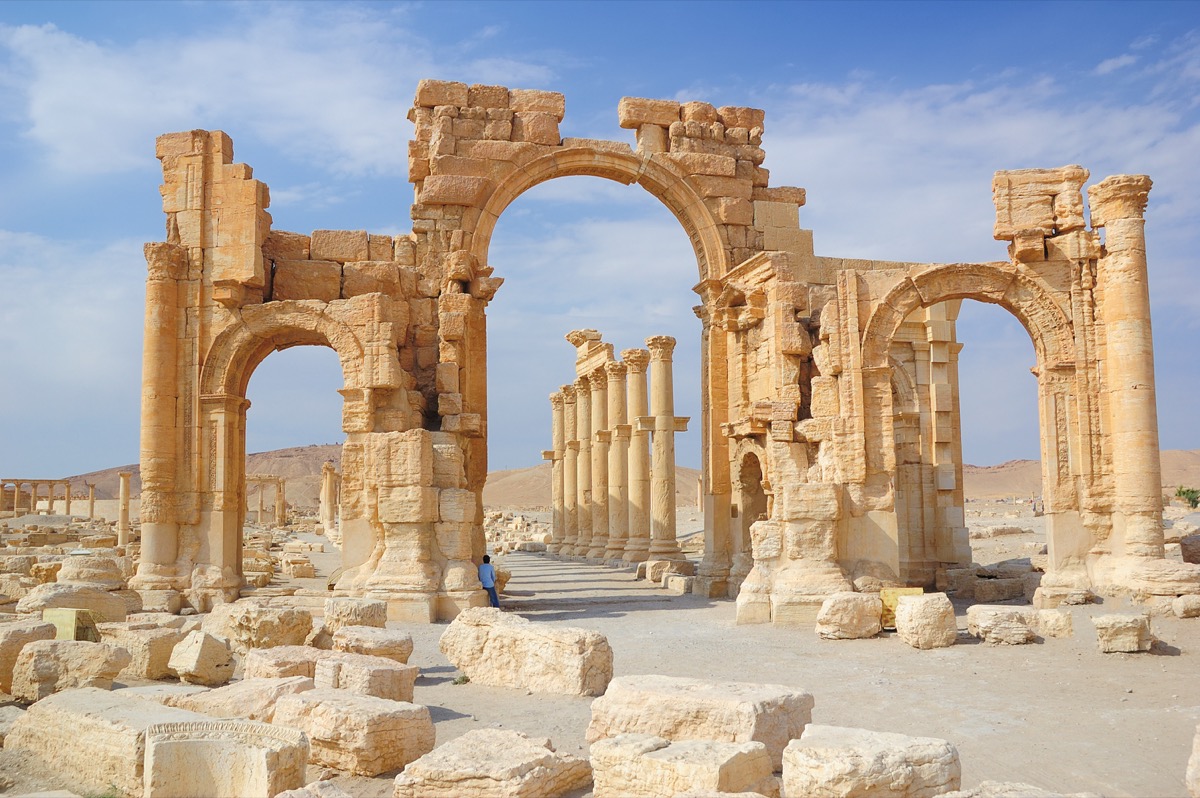
Once one of the most important cultural centers of the ancient world, Palmyra stood for centuries, well-preserved, until ISIL destroyed most of the ancient ruins during the Syrian Civil War in 2015. According to the UNESCO, there are current efforts underway to preserve what is left of the standing structures.
43
The Twin Towers: New York, New York

At the time of the September 11 terrorist attacks in 2001, the Twin Towers were the largest buildings in the world, each standing 110 stories tall, according to the Skyscraper Museum. Undeniably, they were also two of the most beloved buildings in the New York City skyline. Where they formerly stood is now One World Trade.
44
Prentice Women's Hospital: Chicago, Illinois
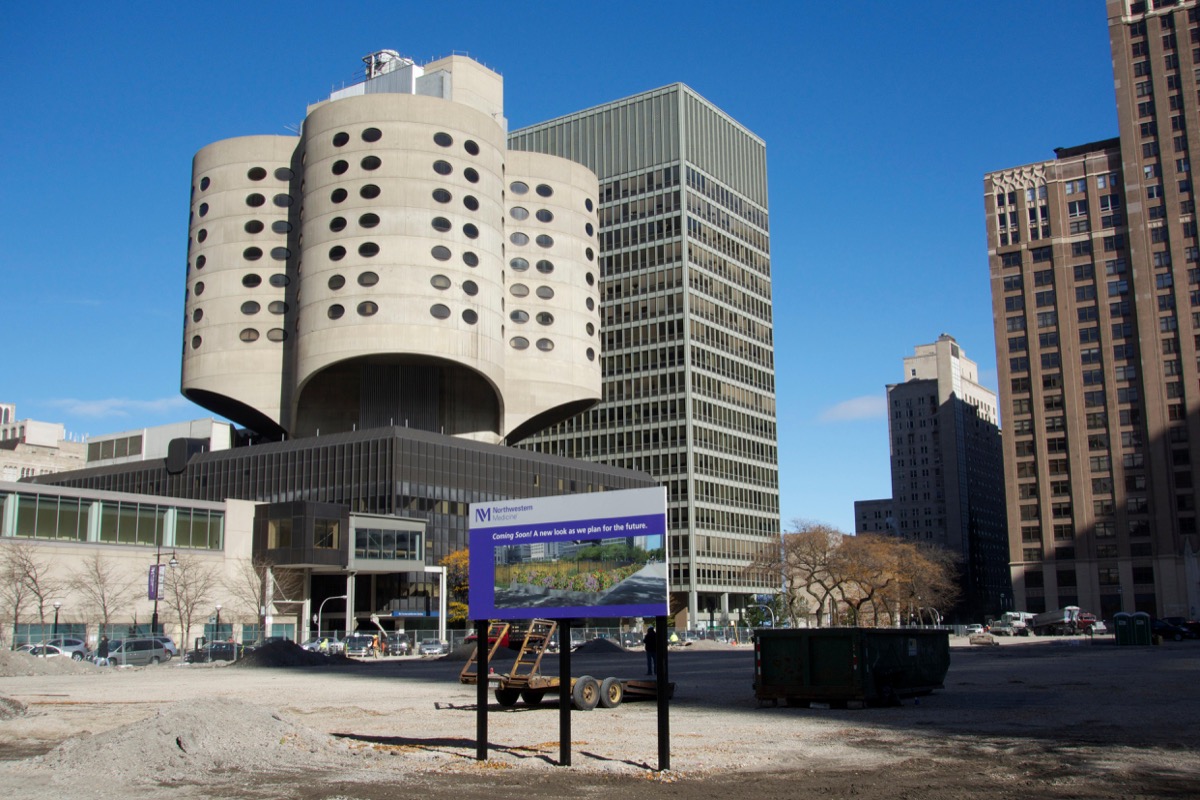
In downtown Chicago, the Prentice Women's Hospital was once an impressive architectural feat and scientifically important establishment. In an article for the Chicago Tribune, structural engineer William F. Baker called the building "the only example of its type anywhere in the world." And the design helped revolutionize the relationship between nurse and patient, ensuring they were much closer at all times. This is why, when it was finally demolished in 2014, after much protest, historians, architecture buffs, and locals mourned the loss of a truly novel building.
45
The Original Chinese Hospital: San Francisco, California
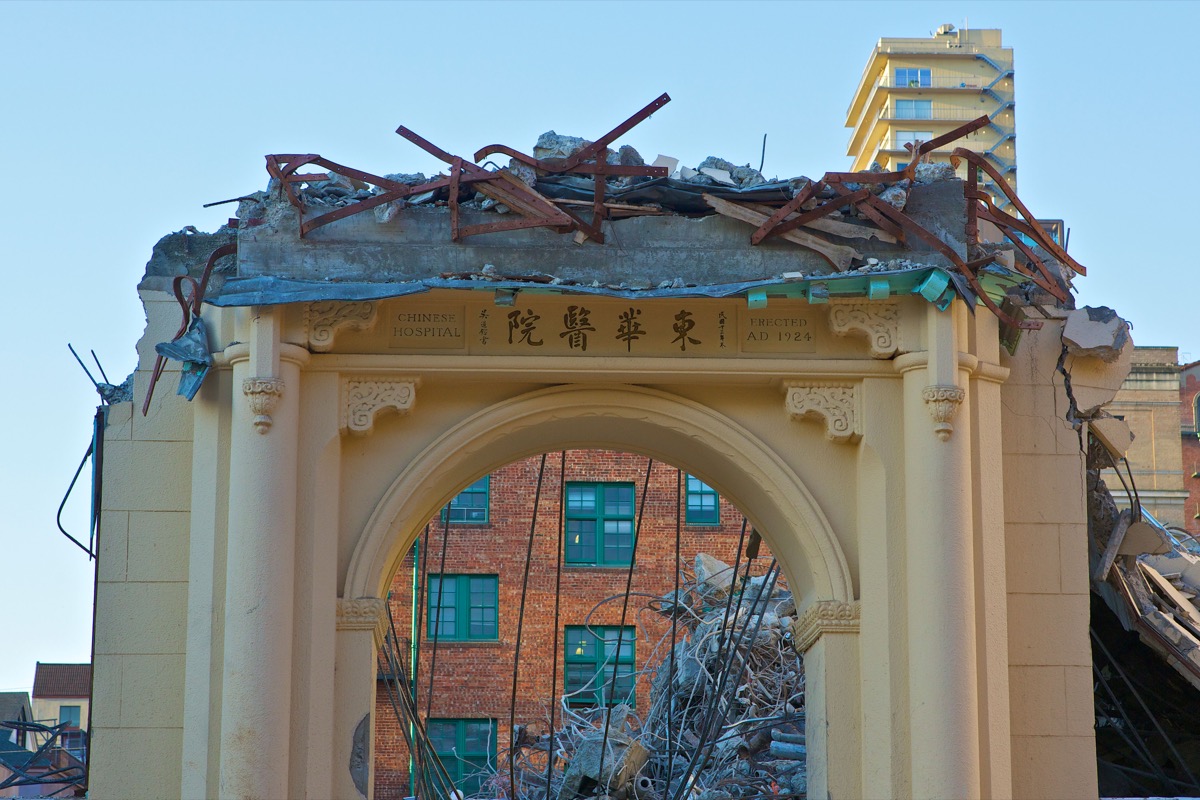
The Chinese Hospital in San Francisco was stablished in 1925 to provide medical care for the large population of Chinese and Asian people who were often discriminated against during that time. The hospital served thousands of Asian people who had been neglected by the healthcare system for decades. Not only did the hospital provide essential Western medicine, but, according to the present-day Chinese Hospital, the hospital brought Eastern medicine, like herbal medicines, to the masses. The original building was torn down in 2012 to make way for a more extensive system. And for more history lessons, check out The 12 Best History Podcasts for Every Type of History Buff.
To discover more amazing secrets about living your best life, click here to follow us on Instagram!





















